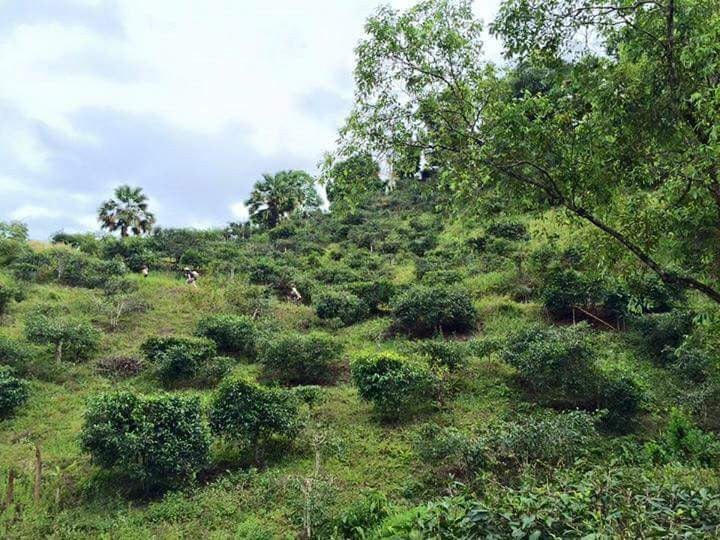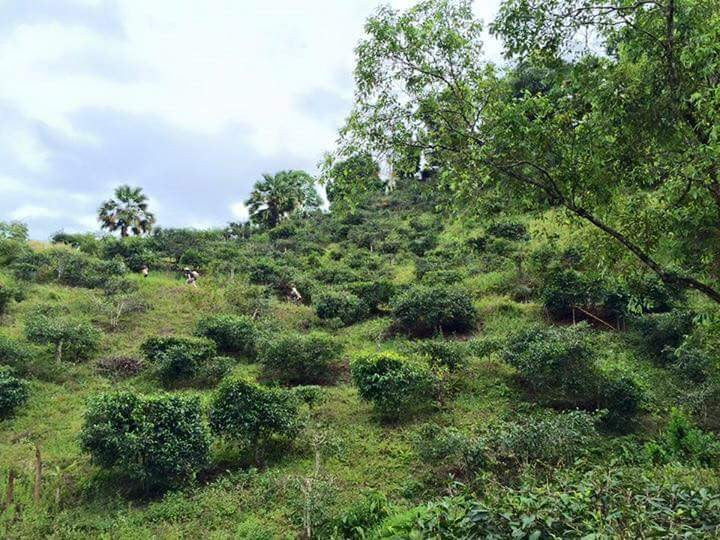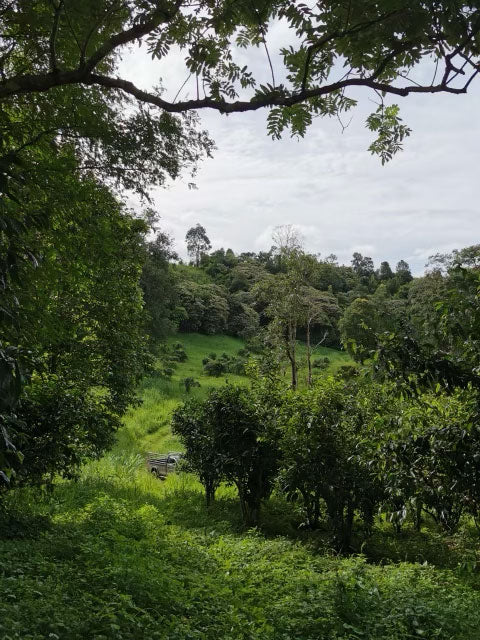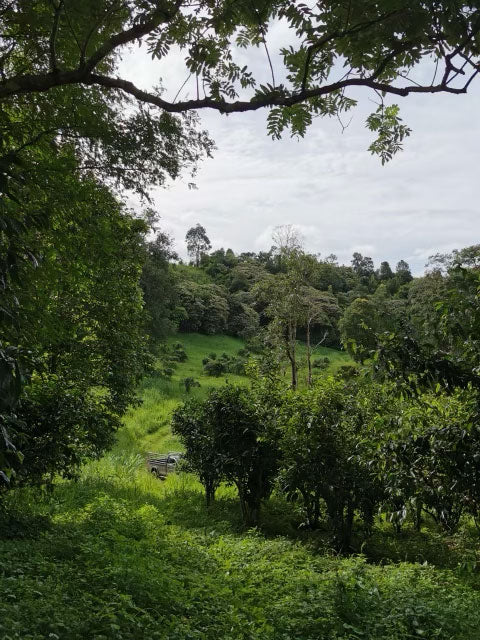Origins & Travel
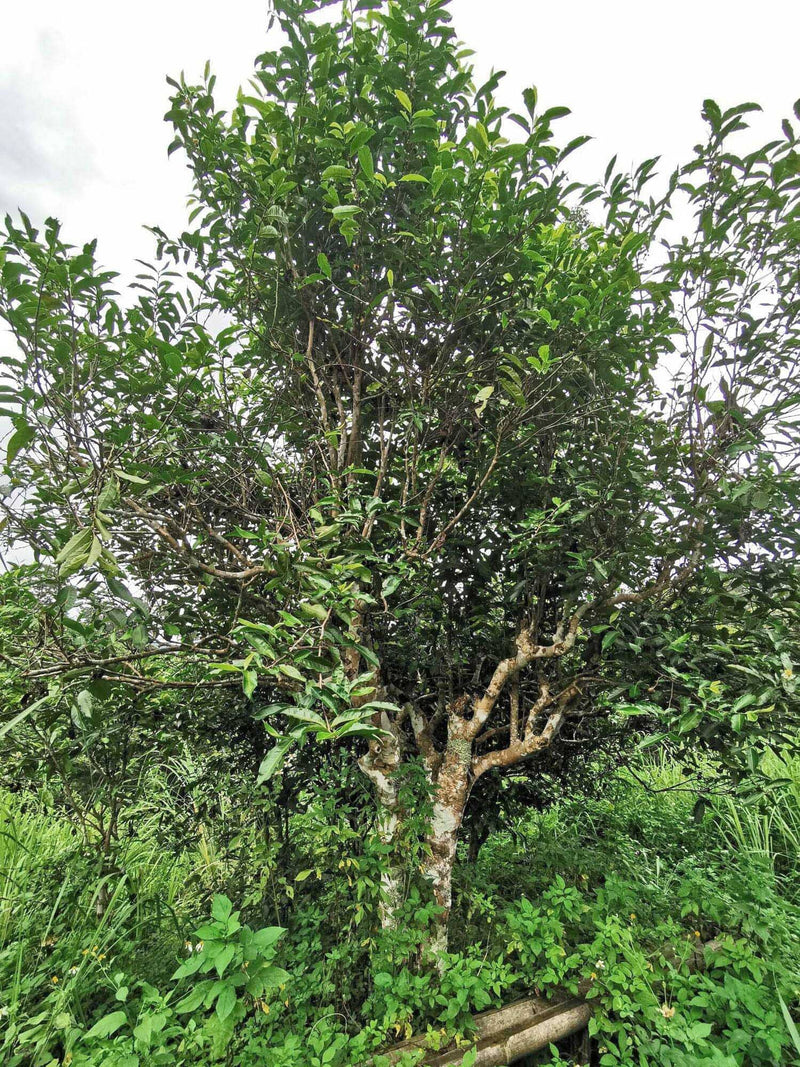
Origins & Travel
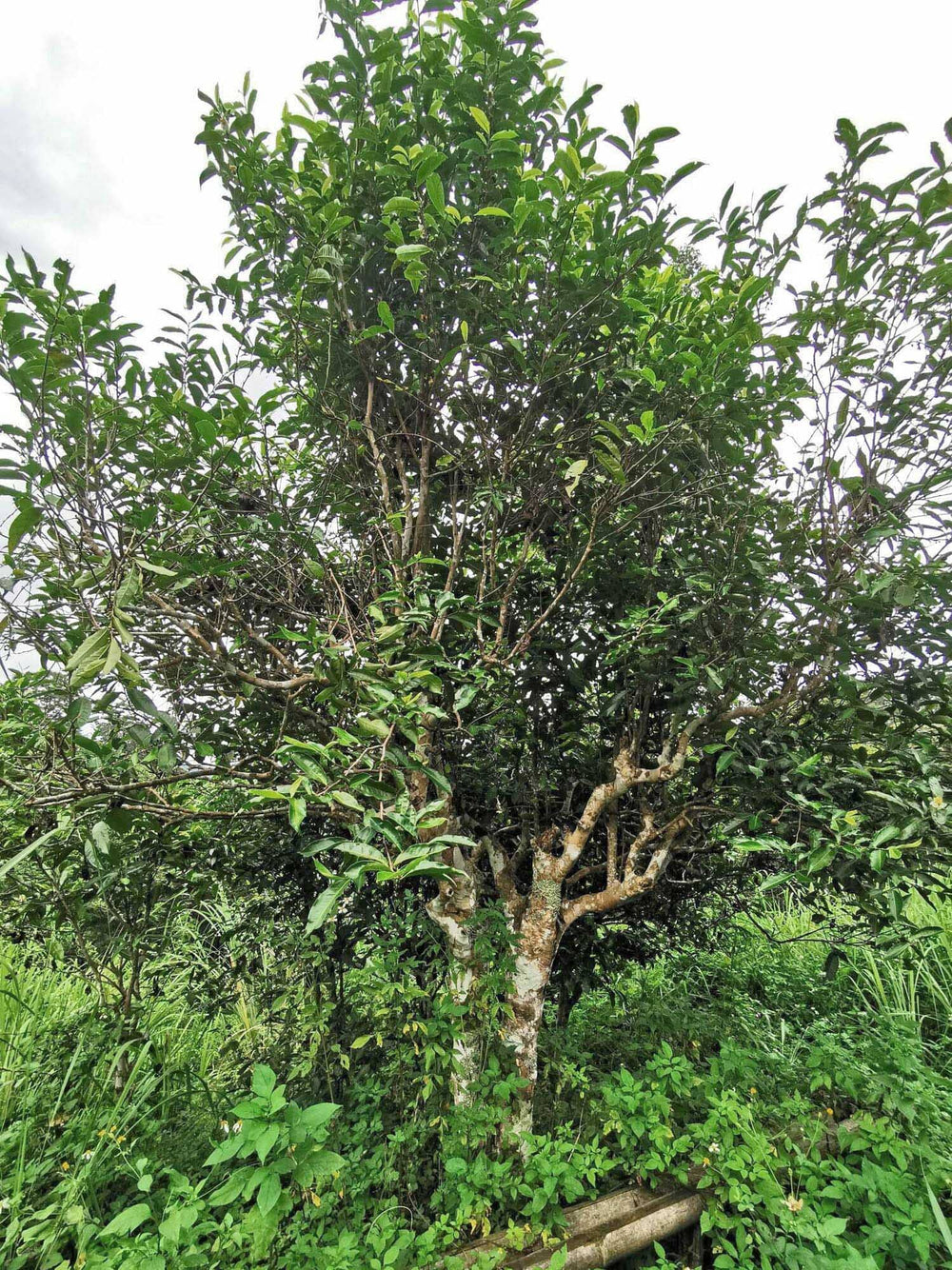



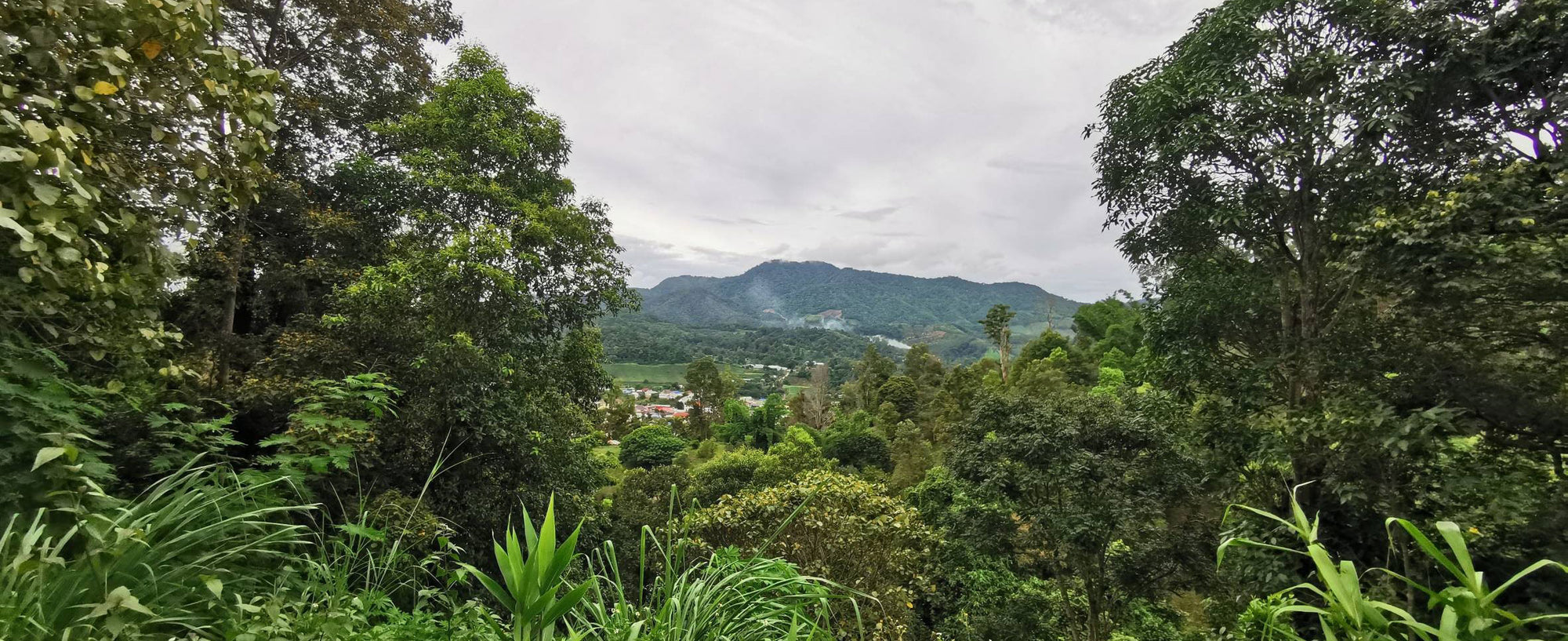
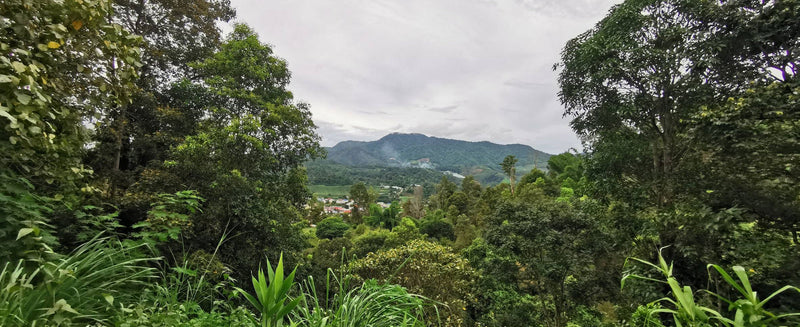
Tea cultivation and tea eating culture spread to northern Thailand during the 11th and 12th centuries, if not earlier. There are some assumptions about the first appearance of ancient tea trees in the northern region of Thailand. The first is that the ancient king of northern Thailand, Phaya Mengrai, planted tea seeds before the construction of Chiang Rai about 1000 years ago.
Another and more likely possibility tea historians cite about the origins of tea in Northern Thailand is that the Bulang (Paluang) tribe brought tea seeds to northern Thailand according to the tribe’s historical migration and practice. The Bulang people currently live in the southern region of Yunnan and the Shan Valley region of Burma. They migrated through northern Thailand many centuries ago and had settlements in the Chiangmai and the Chiangrai (Doi Chiangdao region). According to their culture, they relocate about every 10-20 years. They regard tea as a sacred tree and herb for their tribe and plant tea seeds wherever they settle down. The Bulang are related to the first tea farmers in human history. They revere the plant and pray to their tea ancestors and tea trees as part of their animistic cultural and religious practice. It is plausible that in the past centuries, the Bulang tribe migrated through the northern part of present-day Thailand, including Wawee where they planted the first tea trees centuries ago.
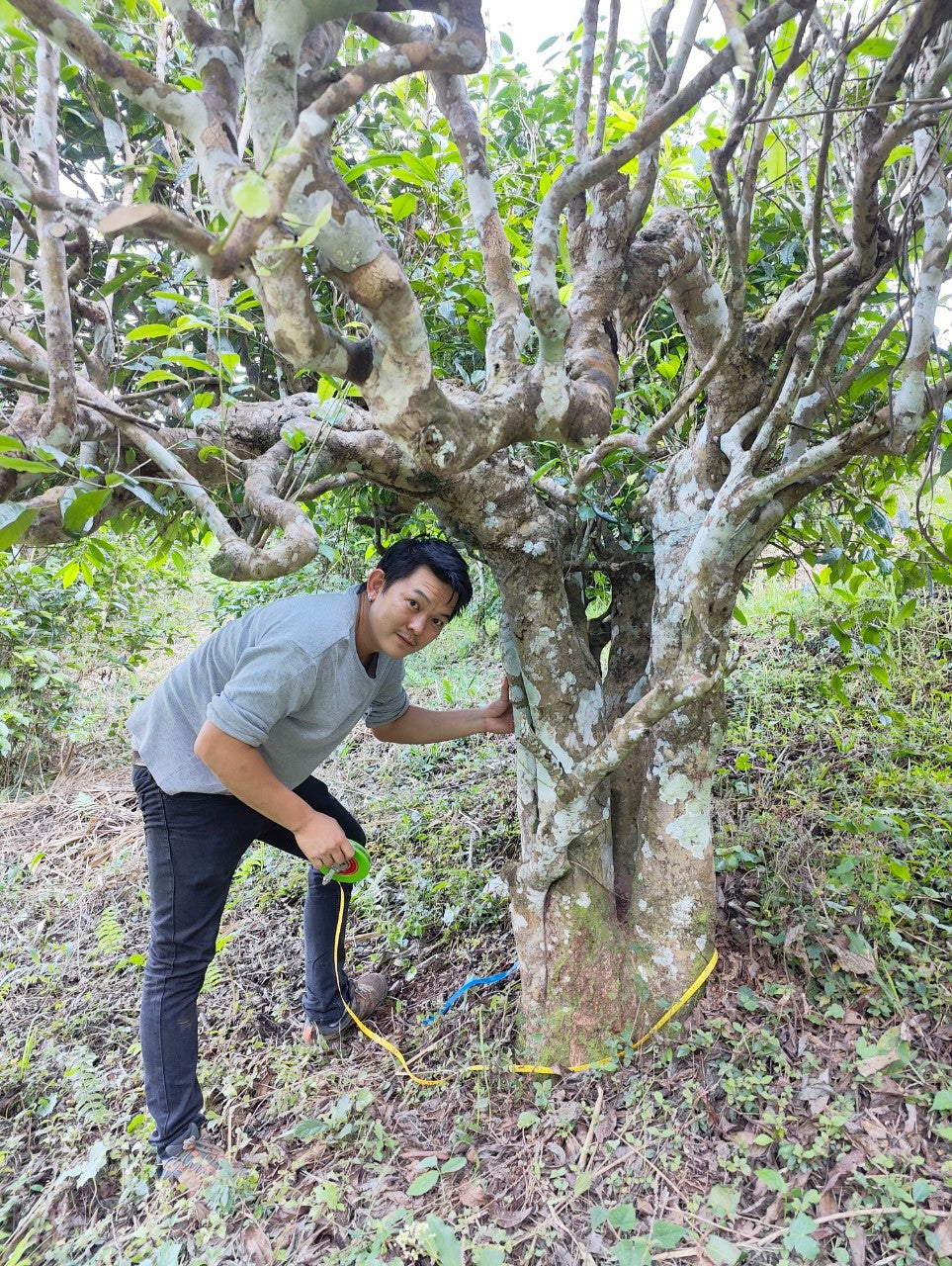
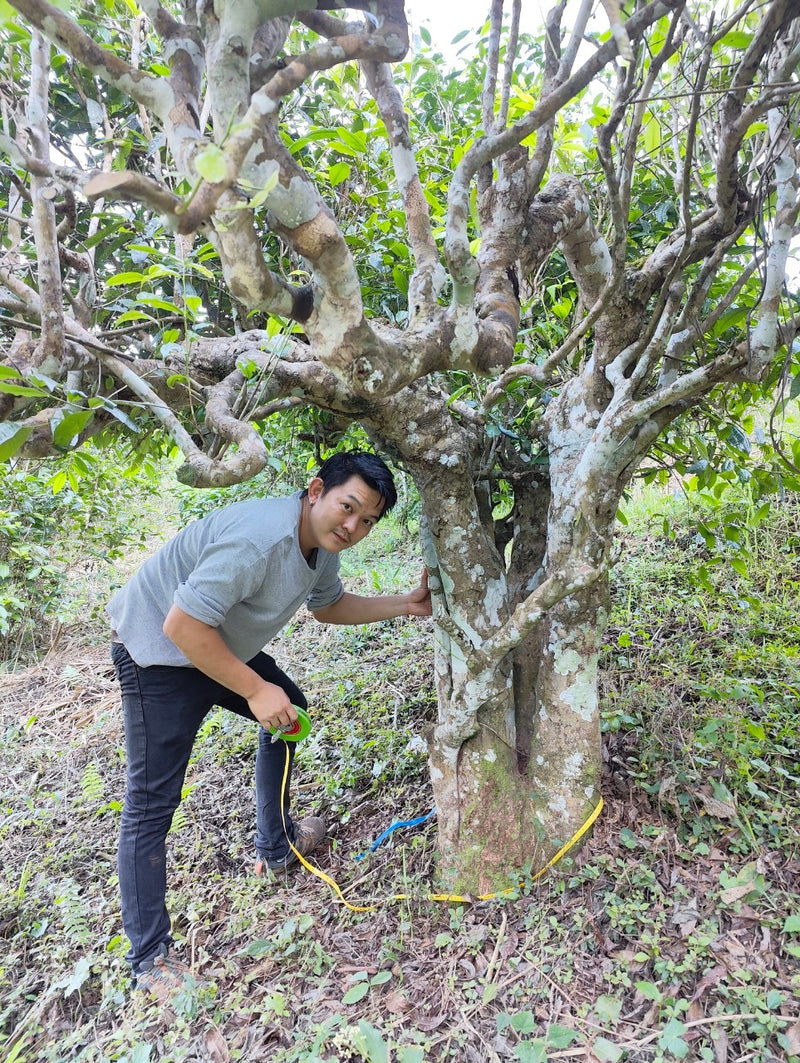
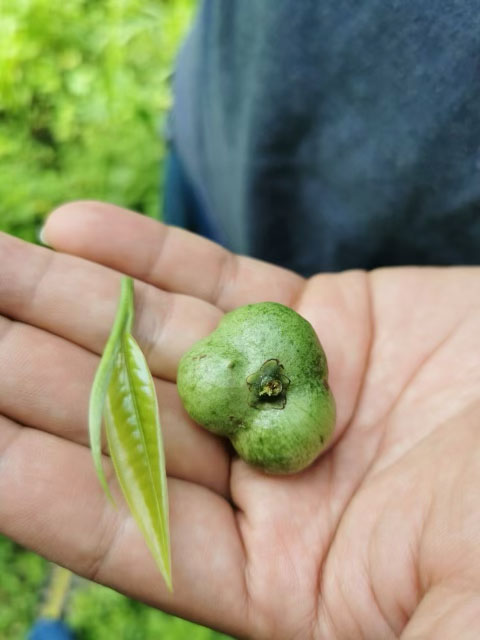
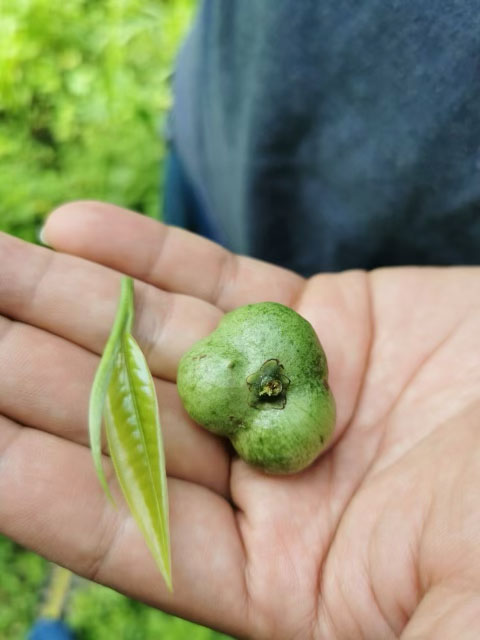
The northern part of Thailand was once part of a greater Dai Kingdom that spanned the regions of Burma, Yunnan, parts of Laos and Thailand. The ancient Dai people held tea in high regard as a food and medicine. It is widely believed that ancient Dai ethnic people carried tea seeds and the methods of fermentation for making pickled tea (miang) wherever they settled down. Old growth tea trees and the arbor teas in northern Thailand came from the seeds introduced between 700-900 years ago by these Dai ethnic people who planted tea as part of their food culture and agricultural practice. Old growth tea is widespread across northern Thailand and so is the practice of eating fermented and pickled tea. There are many old and abandoned tea plantations that were “left to grow” in the forests by ancient and forgotten tea planters who were most likely Dai and Bulang people. These stories can point us to the assumed original tea seed sources for Doi Wawee and northern Thailand in general. The local people call these old tea trees and their heirloom tea seed (land-race) varieties generally as “Assam tea”. There are tea growing villages and areas of forest tea all over the Chiangdao region between Chiangmai and Chiangrai in Northern Thailand.
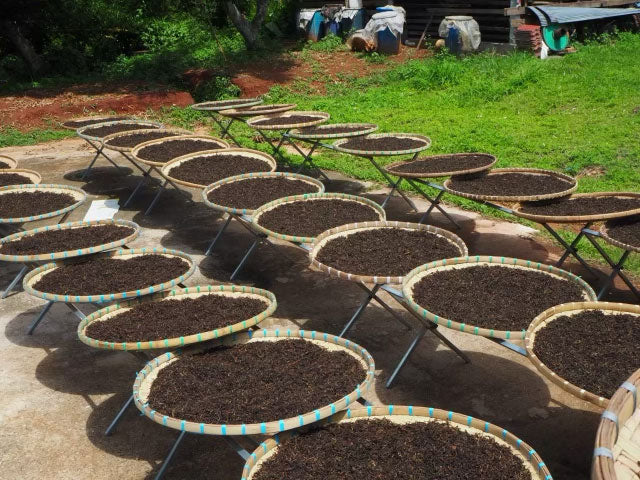
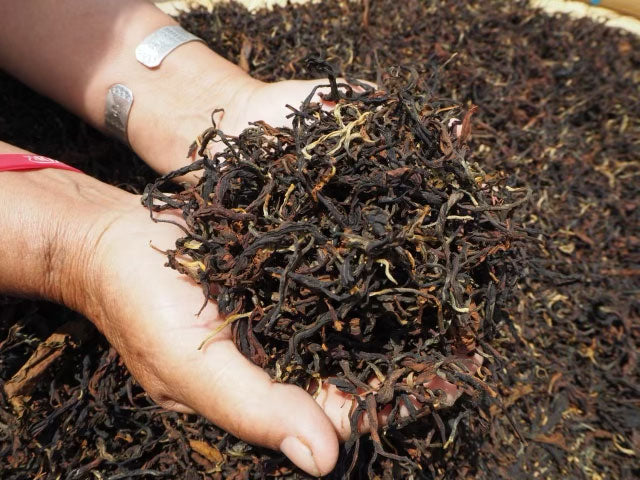
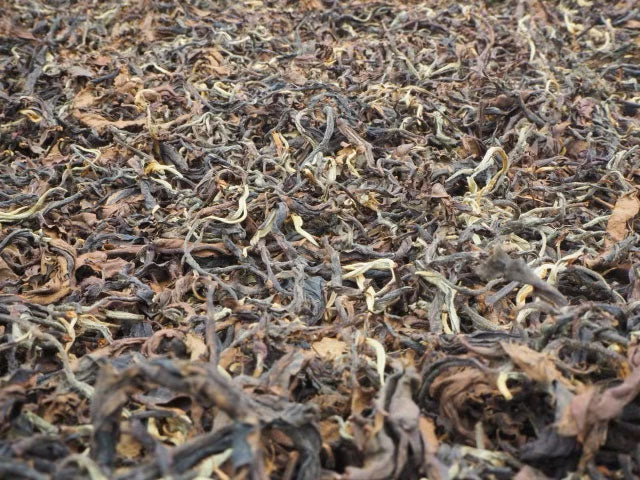
Today, the modern stewards of tea farming and tea culture are ethnic Han Chinese that live in northern Thailand. In the early 20th Century thousands of ethnic Han Chinese fled internal civil war within China and settled in northern Thailand. Later in the 1950’s and 1960’s, the 93rd Division of the Chinese Nationalist Army who fought the Communists in China, settled in northern Thailand. Some of the Yunnan-Chinese immigrants within the 93rd Division military forces worked in the Menghai Yunnan Tea Factory (which is famous for Pu’er) and found that Wawee Mountain had a large number of ancient tea trees. Various waves of Chinese immigrants in the 20th Century (between 65-80 years ago) settled in Wawee and other regions in northern Thailand. They began to produce tea in Wawee according to Yunnan Pu’er tea practices and traditions. At this time, the village of Wawee was glorified by the tea lovers and was known as Cha Fang Cun (茶房村) or “Tea House Village.” In the late-1980’s and 1990’s Taiwanese tea experts brought oolong tea bush varieties to Thailand’s northern tea regions. Today, northern Thailand is an amazing source of oolong tea, red tea and Pu’er tea.
